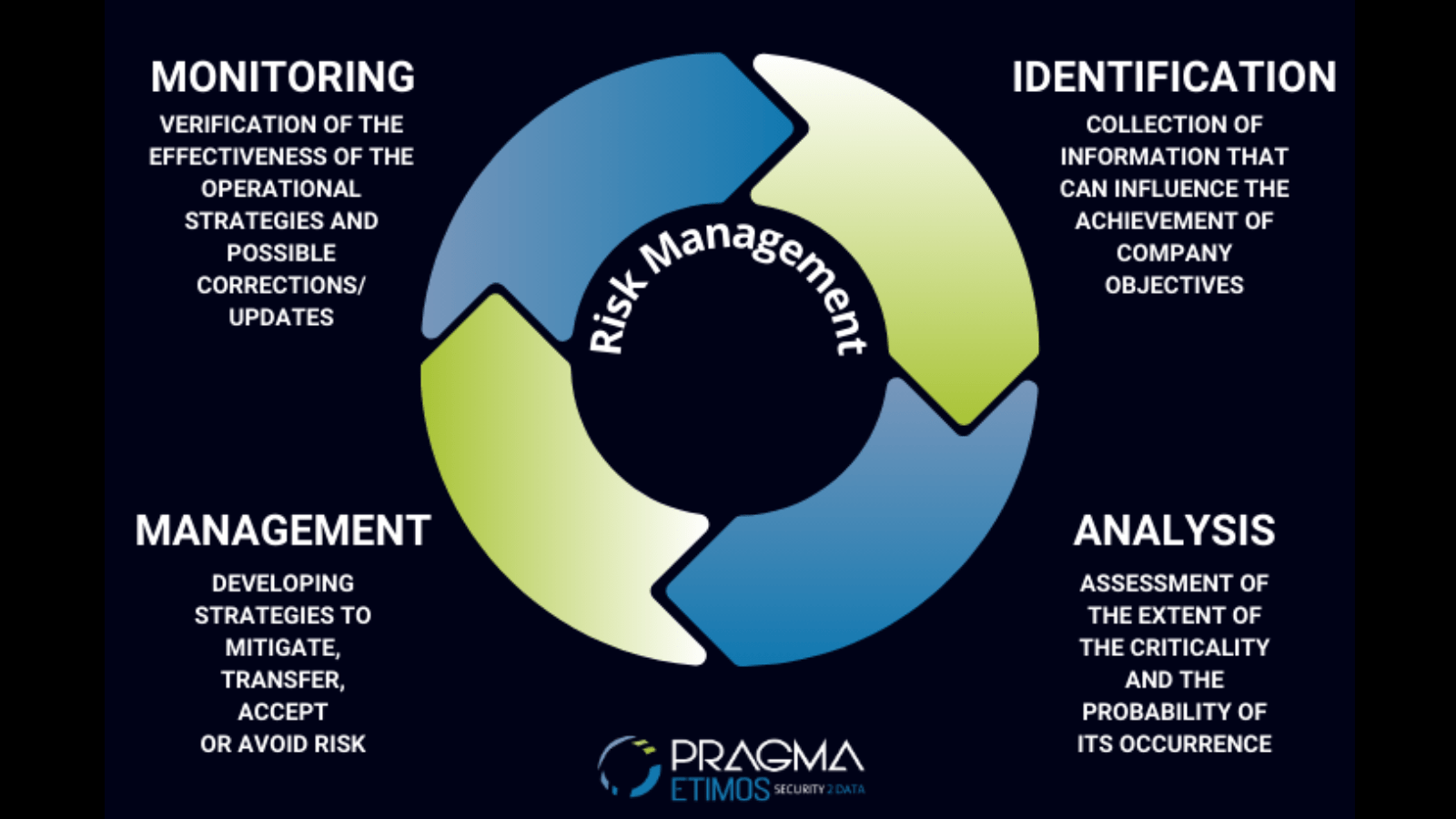In the digital age we live in, Generative Artificial Intelligence and Data Analysis are completely revolutionizing content generation. This change affects multiple sectors and industries, from commerce to scientific research.
In this context, Generative AI is proving to be a revolutionary technology, promising to transform the way we approach Data Analysis.
Given the popularity of this topic, we at Pragma Etimos wanted to contribute by answering some popular questions on the subject. In recent projects we have dedicated a lot of time and resources to the development of new tools that “communicate” directly with a large amount of data.
What is “Generative Artificial Intelligence”?
Generative AI is a branch of Artificial Intelligence that focuses on creating original data or content, rather than analysing or classifying existing data.
Unlike traditional ML algorithms that work on pre-existing data to make predictions or classifications. Generative models try to generate new data that has certain statistical or semantic properties.
This is made possible thanks to advanced techniques such as Generative Neural Networks (GANs) and Recurrent Neural Networks (RNNs), which allow machines to learn from data to generate new information.
What are the areas of application of Generative AI?
Generative Artificial Intelligence systems fall under the broad category of General Artificial Intelligence (AGI) and Machine Learning (ML).
They have the potential to change the way we approach content creation, including:
- Data Augmentation. This is a technique in ML model training, as it can help improve model performance and prevent overfitting. Using generative AI, new data samples can be generated to increase the diversity of the training set. In this way the entire capacity of the model is improved.
- Creation of personalized content. Generative AI can be used to create personalized content based on data collected about individual users.
- Image and video analysis. Generative neural networks have proven to be extremely effective at generating realistic images and videos. This feature can be leveraged in image and video analysis. For example, for synthesizing medical images for training purposes or generating simulated videos for testing object detection algorithms.
- Text analysis. In text and language analysis, generative AI can be used to generate new texts that maintain the characteristics of the training data. This can be useful for automatically generating descriptions, summaries and creating natural conversations in chatbot applications.
What are our new developments?
We at Team Pragma Etimos have decided to develop an innovative tool that can speed up research and quickly suggest correlations.
Given the popularity of using ChatGPT, we created a context-specific vertical chat to “interact” directly with a large amount of data.
Within our new ATHENA platform (Read the article on all the features of Athena), we have created a conversational chat tool that exploits the power of Large Language Models (LLM). In fact, this provides immediate and precise answers relating to the uploaded documentation.
A crucial aspect is the ability to work even in scenarios without an internet connection, ensuring 100% maximum privacy and no contamination from external sources. No data leaves the execution environment, eliminating the risk of losing sensitive information or violating confidential protocols.
In conclusion, the main goal of generative AI is to expand the capabilities to generate original data and content. This opens up new opportunities and innovative solutions in a wide range of sectors and applications.
You may also like

ATHENA: TRANSFORM DATA INTO VALUABLE INFORMATION
A.T.H.E.N.A.: Archivial Thematic Heterogenous Encrypted Neuronal Analyser Transforming data into valuable information requires the preparation of neural models and the use of advanced technologies that are based on the ability to manage and analyse informations….

Risk Management: how to manage data
Developing a Risk Management plan is a particularly complex activity, which must consider a long list of factors, even distant from each other: from legal aspects to financial accounts, passing through the advertising sector, customer relations and commercial approaches…

